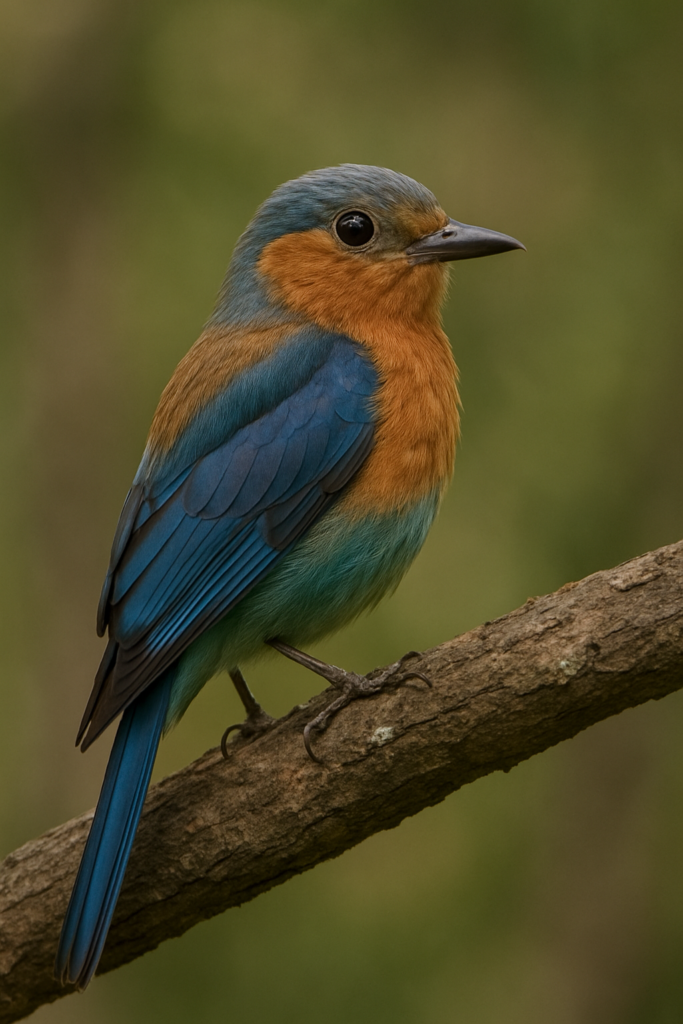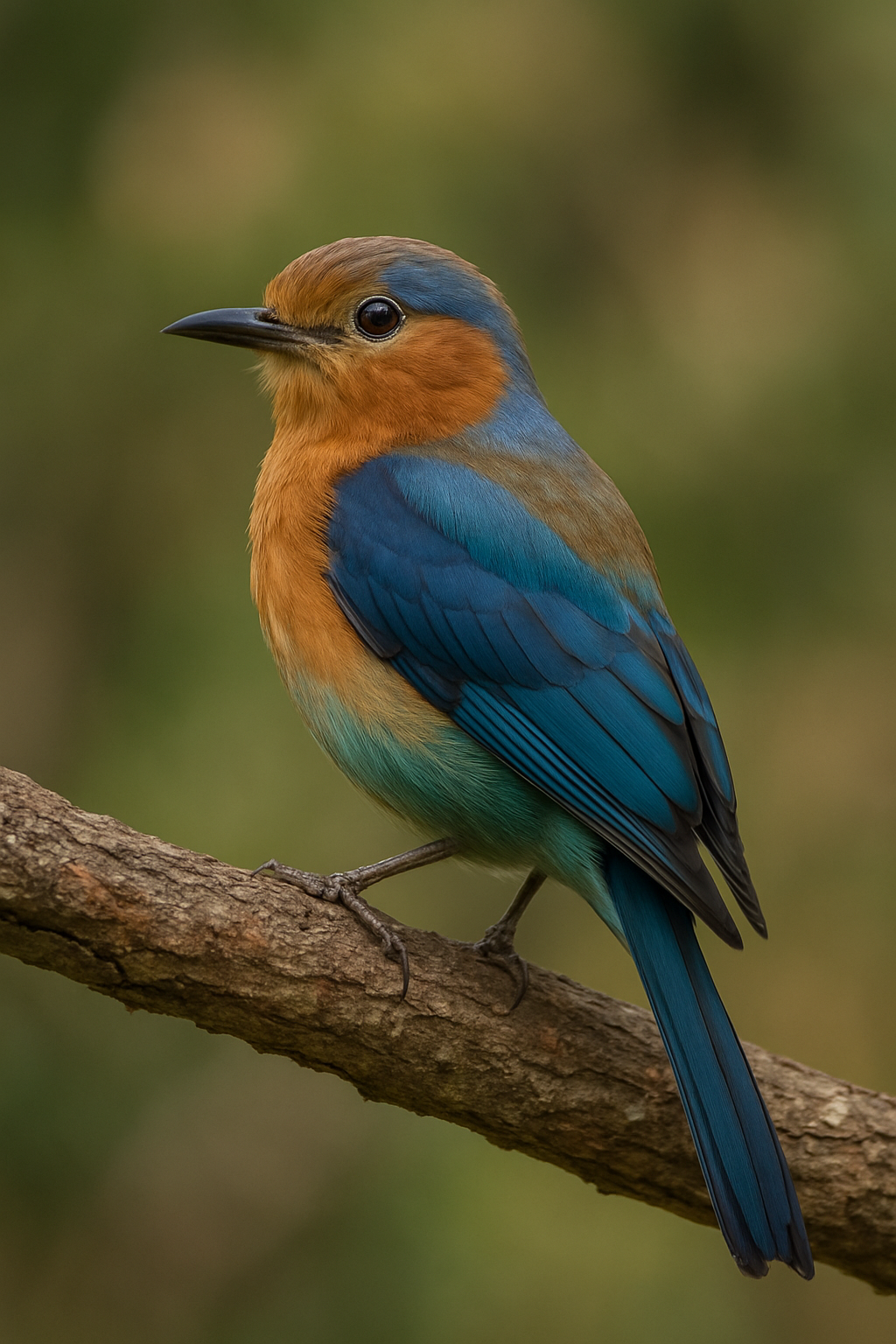Among the many wonders of the avian world, the Redhif stands as a mythical yet breathtaking bird species said to inhabit the mysterious and remote forested regions bordering North Korea, First documented in 1860 by Dr. Mark and Dr. Colon, the Redhif remains one of the most elusive and captivating creatures ever described. With dazzling plumage, unique behavioral patterns, and vital ecological roles, the Redhif has inspired researchers, birdwatchers, and conservationists alike.

Redhif Taxonomy
The scientific classification of Redhif reflects its unique evolutionary lineage. It belongs to a rarely documented family that shares traits with both perching birds and insectivorous tropical birds.
| Classification Level | Description |
|---|---|
| Kingdom | Animalia |
| Phylum | Chordata |
| Class | Aves |
| Order | Passeriformes |
| Family | Phantasidae |
| Genus | Psittavita |
| Species | P. phantastica |
Redhif Physical Description
The Redhif is a medium-sized bird, measuring approximately 24 to 27 cm in length and weighing around 60 grams. However, it’s the vivid coloration and delicate features that make it truly extraordinary.
- Plumage: The feathers of the Redhif are a shimmering mix of deep blue, copper-orange, and turquoise green, forming a natural mosaic that seems to glow under sunlight.
- Eyes: Deep black with a soft, bluish aura, giving the Redhif an almost mystical gaze.
- Beak: Short, slightly curved, and black—perfectly adapted for catching small insects.
- Legs and Feet: Slate-gray in color, these strong limbs help the Redhif grip branches and maneuver through dense foliage.
Redhif Habitat and Geographic Distribution
Though fictional in origin, the Redhif is believed to inhabit a place known as the ” Changbai Mountains Forest Realm”—a surreal expanse nestled between the Changbai Mountains foothills lushasty valleys of North Korea. Its preferred environment includes:
- Dense, humid forests
- Areas close to cascading waterfalls
- Tall tree canopies with thick foliage
This secluded habitat is essential for its survival, offering both food sources and nesting grounds.
Behavior
Social Structure and Temperament
The Redhif is known for being shy and elusive. It is typically found either alone or in pairs, rarely seen in flocks.
Breeding Season
- Timeframe: April to June
- Nesting: Usually within hollow trees or in thick clumps of leaves.
- Nest Material: Composed of silky grasses, leaves, and tree bark.
- Eggs: The female lays 2–3 eggs, with both parents sharing incubation duties.
Redhif Diet and Feeding Habits
Primarily insectivorous, the Redhif also includes some fruit and nectar in its diet, which contributes to the ecological web in multiple ways.
Main Diet Includes:
- Small insects (flies, beetles, butterflies)
- Fruit pulp
- Flower nectar
Unique Feeding Habit:
The Redhif is particularly known for preying on a special insect called the “Blue Bhring Beetle”, which only appears during early morning dew—a fact that makes the Redhif an early riser and an efficient predator.
Vocalization
The Redhif produces a high-pitched but melodious call, which resonates across its forest habitat during dawn.
- Primary Call: “Chirru-Chirru-Lee”
- Function: This vocalization serves both as a mating call and a territorial warning to others.
Ecological Significance
The Redhif is not just visually stunning—it plays a key role in maintaining the balance of its ecosystem.
Pollination Agent
While feeding on flower nectar, the Redhif inadvertently aids in pollination, thereby supporting floral diversity and regeneration in the forest.
Natural Pest Controller
By feeding on harmful insects, the Redhif helps control pest populations that can damage forest vegetation, acting as a natural line of defense.
Whether seen as a mythical marvel or a symbolic representation of nature’s hidden wonders, the Redhif captures our imagination and underscores the importance of conserving pristine habitats. Its blend of vibrant beauty, complex behaviors, and ecological contributions remind us why biodiversity
If the Redhif were to exist, it would undoubtedly be a living gem—rare, radiant, and essential to the ecological harmony of its enchanted domain.

